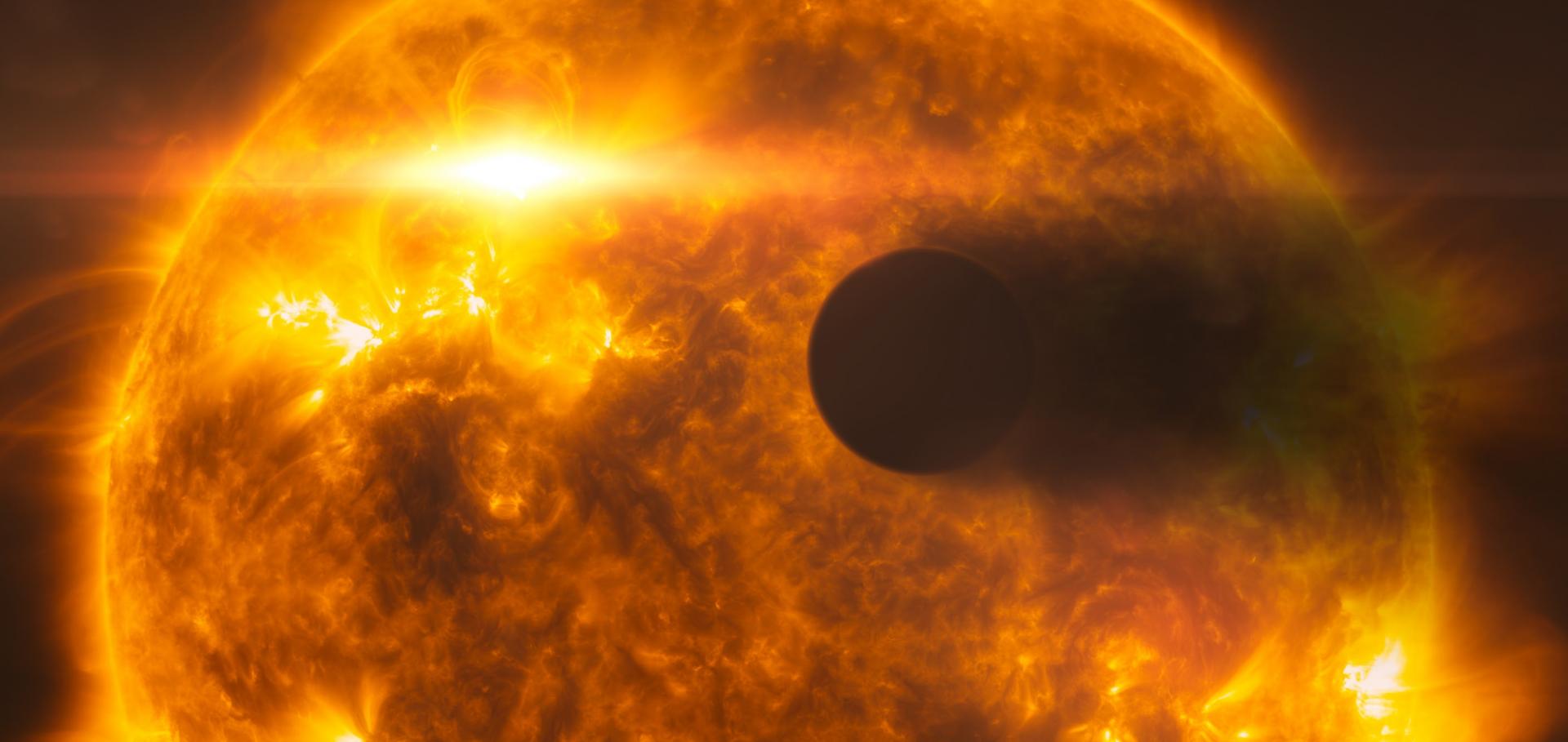The secondary eclipses of WASP-19b as seen by the ASTEP 400 telescope from Antarctica
(2013)
A Gemini ground-based transmission spectrum of WASP-29b: a featureless spectrum from 515 to 720 nm
Monthly Notices of the Royal Astronomical Society 428 (2013) 3680-3692-3680-3692
Astrophysically robust systematics removal using variational inference: Application to the first month of kepler data
Monthly Notices of the Royal Astronomical Society 435:4 (2013) 3639-3653
Abstract:
Space-based transit search missions such as Kepler are collecting large numbers of stellar light curves of unprecedented photometric precision and time coverage. However, before this scientific goldmine can be exploited fully, the data must be cleaned of instrumental artefacts. We present a new method to correct common-mode systematics in large ensembles of very high precision light curves. It is based on a Bayesian linear basis model and uses shrinkage priors for robustness, variational inference for speed and a de-noising step based on empirical mode decomposition to prevent the introduction of spurious noise into the corrected light curves. After demonstrating the performance of our method on a synthetic data set, we apply it to the first month of Kepler data. We compare the results, which are publicly available, to the output of the Kepler pipeline's pre-search data conditioning, and show that the two generally give similar results, but the light curves corrected using our approach have lower scatter, on average, on both long and short time-scales. We finish by discussing some limitations of our method and outlining some avenues for further development. The trend-corrected data produced by our approach are publicly available. © 2013 The Authors Published by Oxford University Press on behalf of the Royal Astronomical Society.Constraining the atmosphere of GJ 1214b using an optimal estimation technique
Monthly Notices of the Royal Astronomical Society 434:3 (2013) 2616-2628
Abstract:
We explore cloudy, extended H2-He atmosphere scenarios for the warm super-Earth GJ 1214b using an optimal estimation retrieval technique. This planet, orbiting an M4.5 star only 13 pc from the Earth, is of particular interest because it lies between the Earth and Neptune in size and may be a member of a new class of planet that is neither terrestrial nor gas giant. Its relatively flat transmission spectrum has so far made atmospheric characterization difficult. The Non-linear optimal Estimator for MultivariateE spectral analySIS (NEMESIS) algorithm is used to explore the degenerate model parameter space for a cloudy, H2-He-dominated atmosphere scenario. Optimal estimation is a data-led approach that allows solutions beyond the range permitted by ab initio equilibrium model atmosphere calculations, and as such prevents restriction from prior expectations. We show that optimal estimation retrieval is a powerful tool for this kind of study, and present an exploration of the degenerate atmospheric scenarios for GJ 1214b. Whilst we find a family of solutions that provide a very good fit to the data, the quality and coverage of these data are insufficient for us to more precisely determine the abundances of cloud and trace gases given an H2-He atmosphere, and we also cannot rule out the possibility of a high molecular weight atmosphere. Future ground- and space-based observations will provide the opportunity to confirm or rule out an extended H2-He atmosphere, but more precise constraints will be limited by intrinsic degeneracies in the retrieval problem, such as variations in cloud top pressure and temperature. © 2013 The Authors. Published by Oxford University Press on behalf of the Royal Astronomical Society.From spectra to atmospheres: Solving the underconstrained retrieval problem for exoplanets
Proceedings of the International Astronomical Union 8:S299 (2013) 275-276


